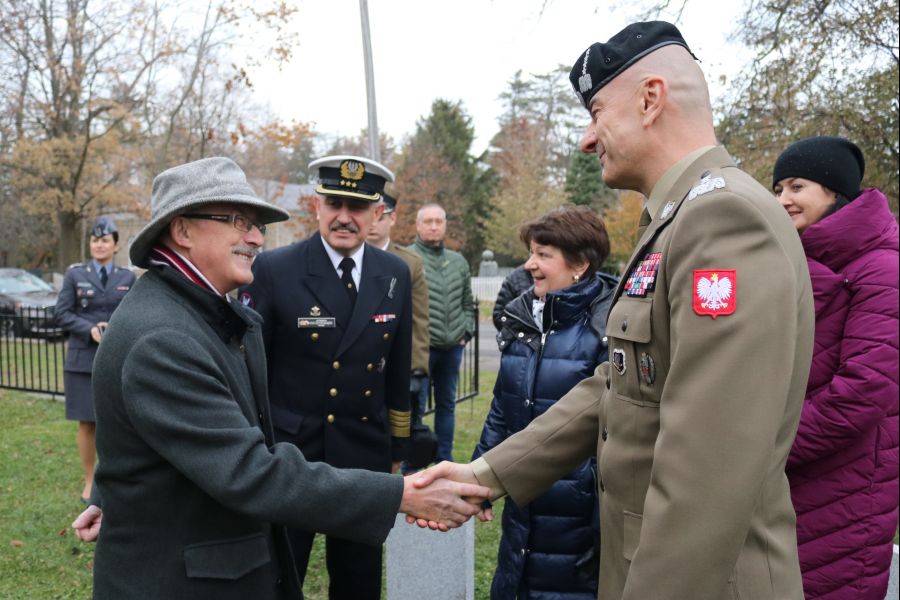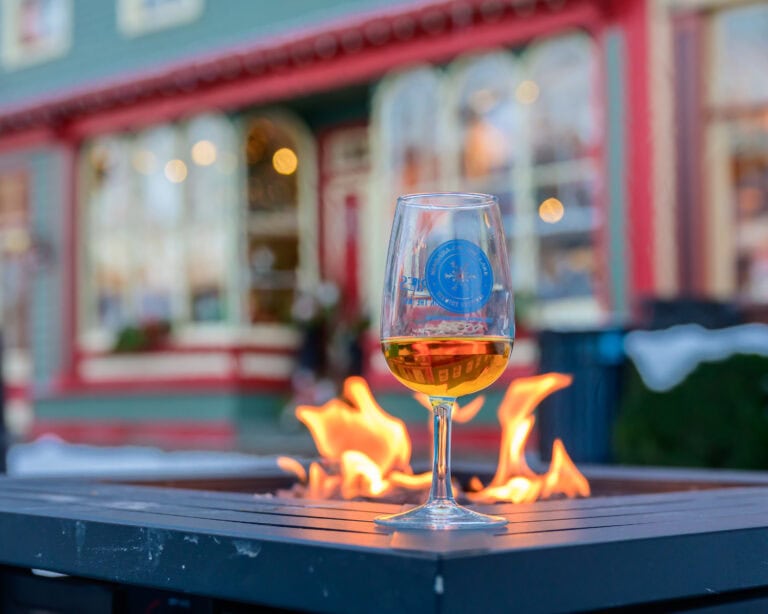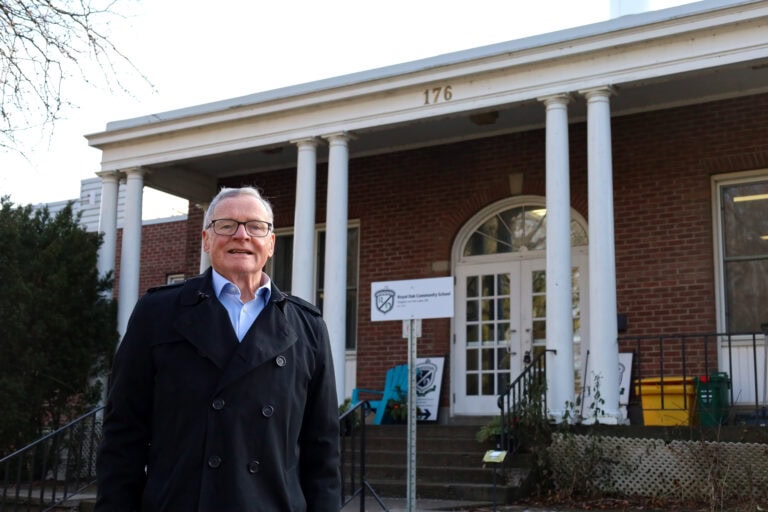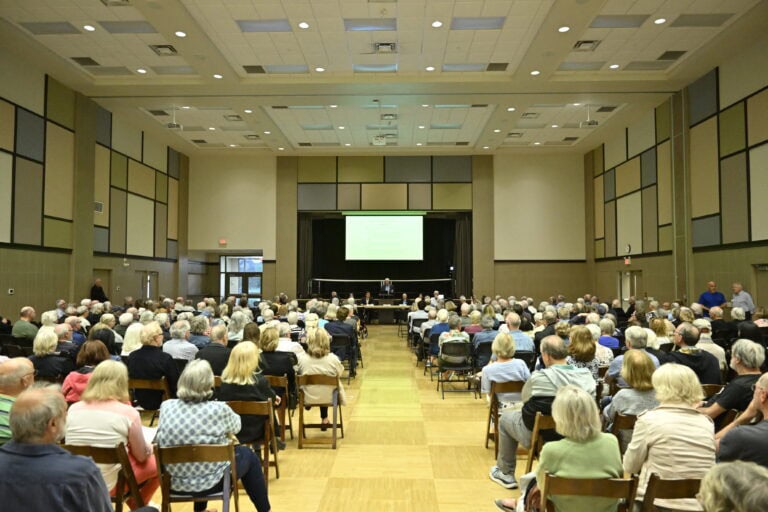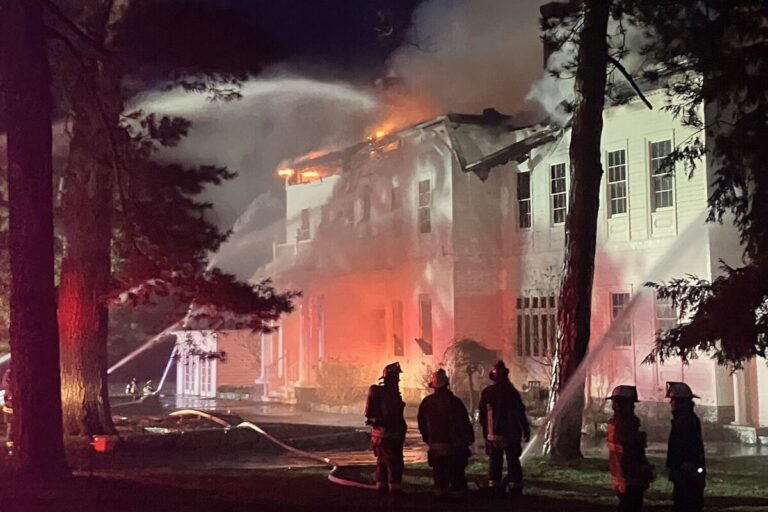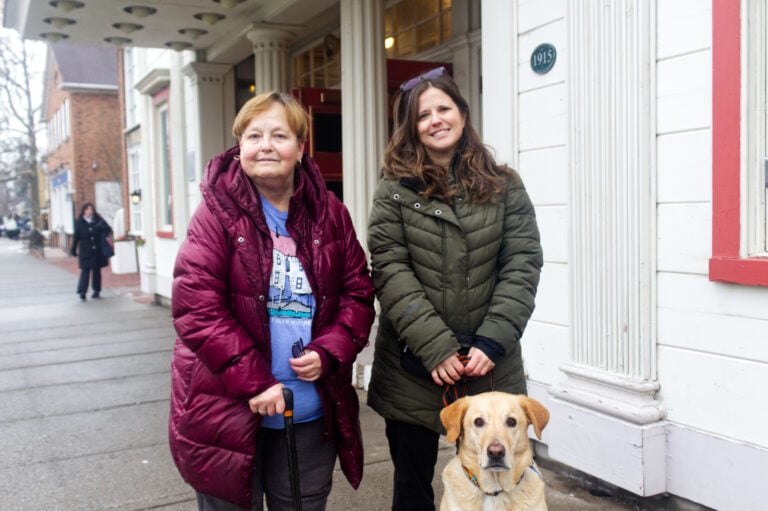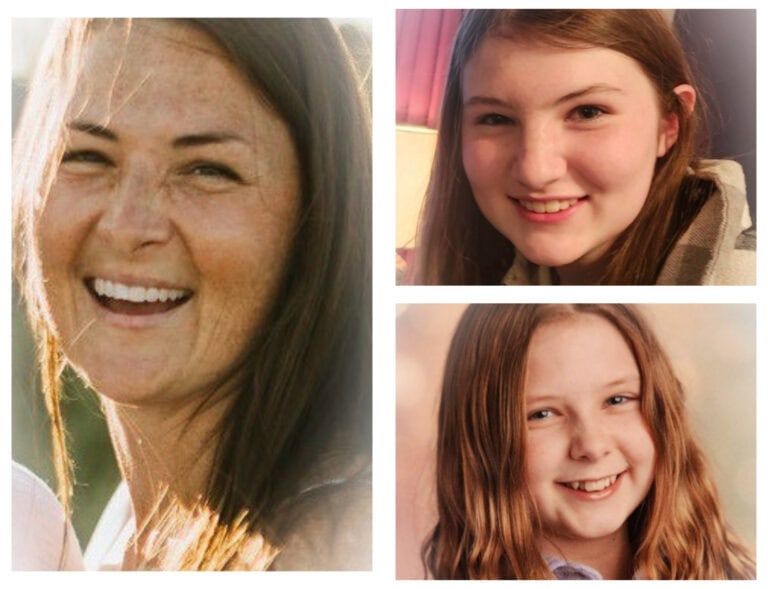Poland’s army chief visited Niagara-on-the-Lake Monday to pay tribute to his homeland and to the Polish soldiers buried in Haller Cemetery at St. Vincent de Paul Catholic Church.
Gen. Rajmund Andrzejczak, the chief of the general staff of the Polish Armed Forces, participated in a wreath-laying ceremony.
“I’m absolutely obliged to go wherever there’s a piece of Poland and a piece of Polish history and see the Polish flag,” Andrzejczak told The Lake Report.
The burial plot in NOTL, which is officially considered sovereign Polish soil, commemorates Polish soldiers who trained at Camp Niagara from 1917 to 1919.
More than 22,000 volunteers of Polish descent crossed the border from Youngstown, N.Y., to join 221 Polish-Canadians for military training at Camp Niagara in those years.
That part of the camp became known as Camp Kościuszko. During training, 41 Polish soldiers died from the Spanish flu, 20 of whom were buried at the NOTL cemetery. Four other Poles and a priest who died from other causes are also buried at the plot. The others were repatriated home.
“I was really inspired by activities of the Polish society here and attention they’re putting in keeping in good shape this piece of history of Poland,” said Andrzejczak.
“I got to (come) here to see and talk to Poles and it’s very nice. Also, I very much appreciate Canadian efforts and support of (lord) mayor of the city to help keep (cemetery) in a good shape. Love the respect,” he said.
It was his first visit to Canada and Andrzejczak attended the Halifax International Security Forum last week, gave a talk at Canadian Forces College in Toronto and visited NOTL before heading back home to Poland.
He noted his troops in Latvia are commanded by a Canadian battalion, which is a “great example of alliance.”
Also present at the ceremony were Coun. Norm Arsenault, members of the Polish Canadian Congress Niagara District, representatives from Poland’s consulate in Toronto and Poland's embassy in Ottawa, members of various Polish organizations as well as community residents of Polish descent.
Before wreaths were laid, Niagara district president Zofia Soja addressed the crowd in Polish, speaking about Haller’s “Blue Army” and the history of the cemetery.
The Polish volunteers were trained by Canadian officers and were outfitted and financed by France. They wore French uniforms and were called the “Blue Army.”
After their training, more than 20,000 volunteers were sent overseas to fight in France, then in the Polish-Ukrainian War in 1919 and later in the Polish-Soviet War.
Following the First World War, Canada ceded the NOTL burial plot to Poland.
Marek Lesniak of the Polish Special Forces said he appreciated the Canadian government’s gesture in providing a training camp to Polish volunteers and wondered how those recruits, who were born in America or Canada, agreed to fight for Poland’s independence despite never being there.
“How can you motivate somebody to give up everything, your family, your home, and lay down your life for a better community? Which is amazing,” Lesniak said.
“As Polish people, we have that attachment to Canada because of what happened here,” he said.



